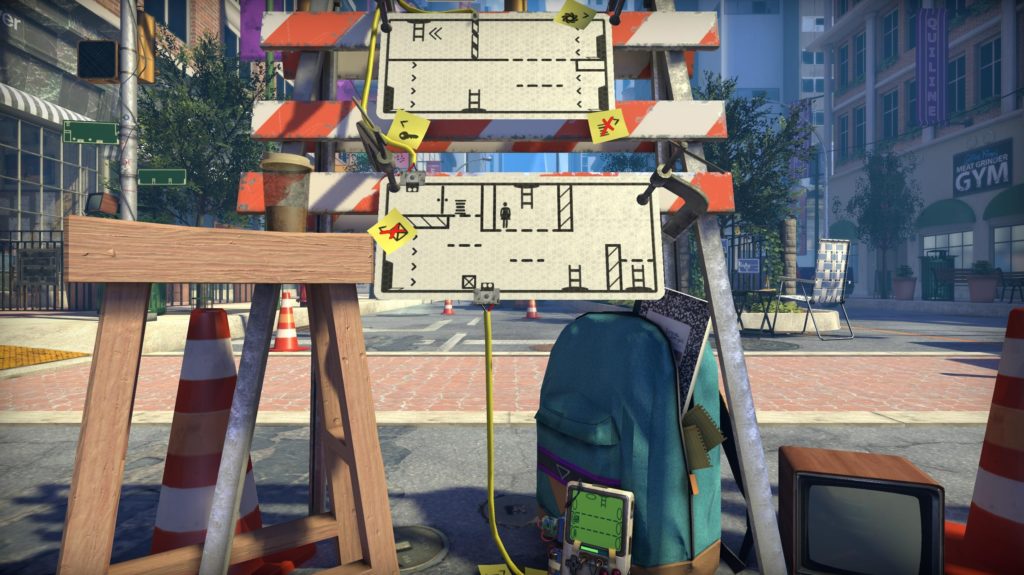
PC, family friendly
The Pedestrian is an absolutely spellbinding puzzle game, presented in a unique way, with beautiful backgrounds and some amazing art design. So long as you don’t think about it for too long.
Not the puzzles, I should add. You’ll often want to think about those for a long time, since as you progress they become increasingly complex and involved. It is without question a really splendid game. It’s the conceit. It, shhhhhh, doesn’t really work.
We’ll get to that. What we’ve got here is a not wholly unfamiliar puzzle game in which you manoeuvre a little toilet door man or woman across all manner of road signs, blackboards, pinboards and public information signs. Sometimes this is a matter of judicious platforming, but it’s mostly about rearranging said signage to link up doors and ladders between them such that you can successfully negotiate your way to the exit.
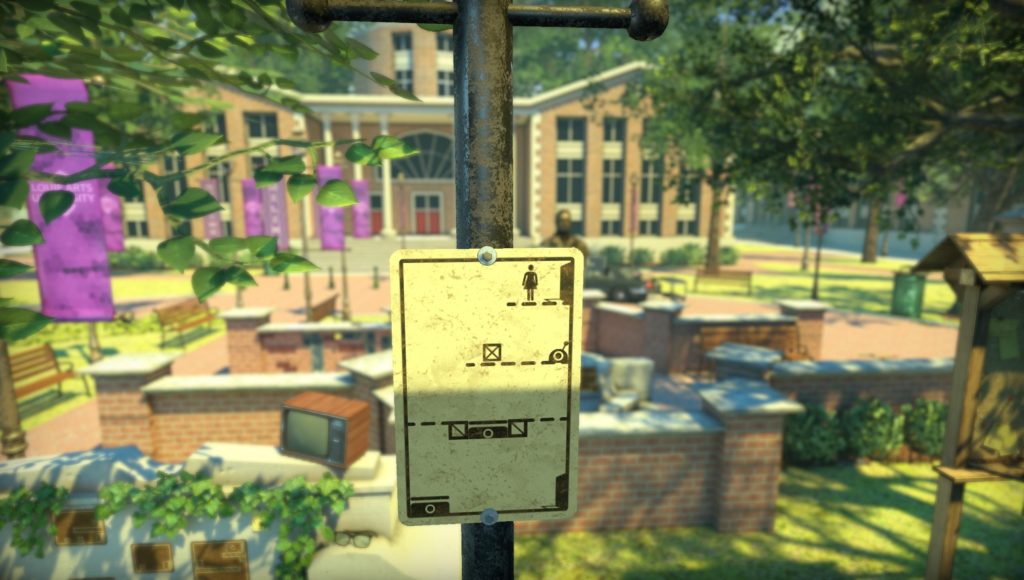
And this all works splendidly. As you get deeper in puzzles can begin to look daunting, with say seven different metal signs to arrange on a chainlink fence, and seemingly endless permutations. But then you stop, look, think, and realise it’s all about attempting to follow the narrative of the puzzle. You start here, end here, and have to get that key before that door, which involves getting that lift into that position before reaching that platform… As you chart this course you rearrange the screen, and then once right have the enormous satisfaction of zooming back into it at a platform game level and making your successful way through.
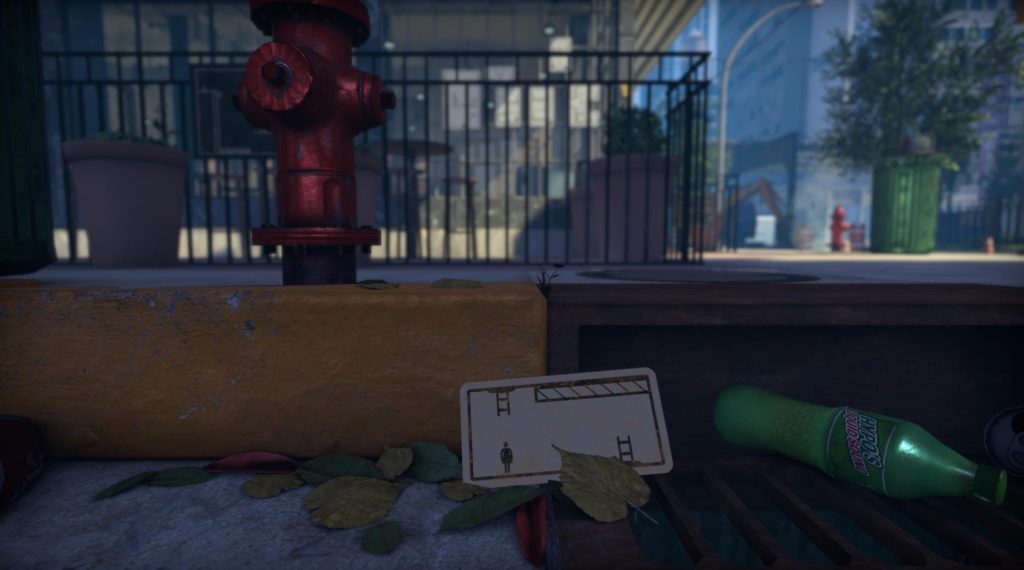
This is all delivered in such a delightful way. Levels sprawl across underground networks, huge city intersections, and so on, with some of the larger connected puzzles having you arranging signs in book shop windows, then repinning paper across a coffee store pinboard. Find your way to the coil that you can then return to the central roadwork signs, via paths through street signs and pedestrian crossing lights, then connect it to the electronic nodes therein. In the background there’s a living city, as your little guy or gal commutes their way across its 2D infrastructure.
Which is lovely, right up until you give the notion a moment’s thought. Because, um, what now? Coffee shop pinboards aren’t famed for their sheets of lined paper covered in technical drawings. Warning signs on tube fences aren’t exactly covered in drawings of lifts and keys. And while this may seem like absolute pedantry, it does become something that’s impossible not to think about as you play: none of this makes a lick of sense at any point.
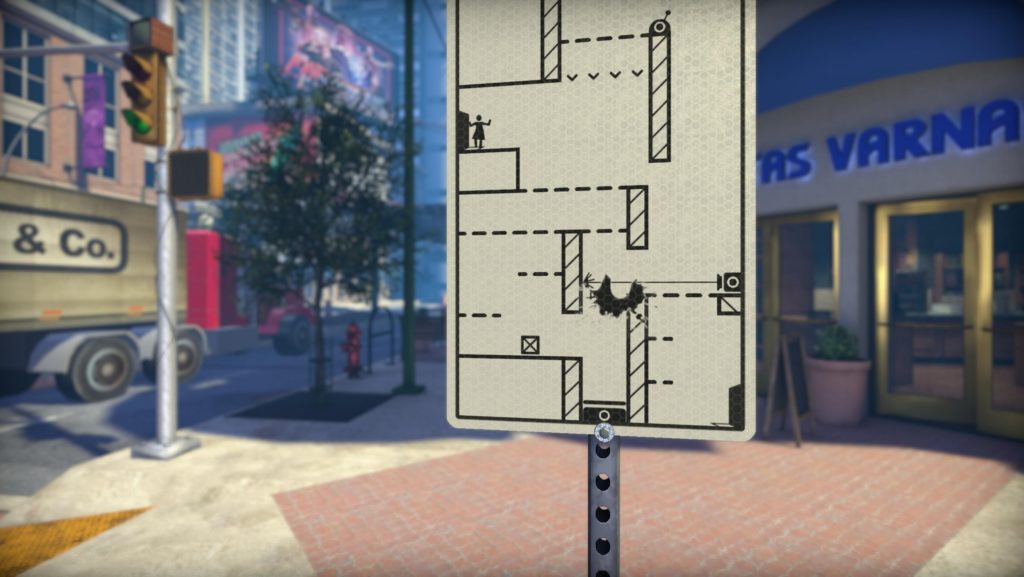
It doesn’t matter! I stress, the game is really, really good, and you should absolutely buy it and play it. But I’m also not going to let this go. Because part of me is rather sad that it didn’t actually embrace the conceit it pretends to have. I wish it could have been about manipulating the features that do appear on such street furniture, about getting across the local yoga group posters that should be advertised in that coffee shop, and leaping about promotional novel posters on that bookshop window. Sure, take massive liberties, of course. But this doesn’t even try. It’s the same not-actually-ever-appearing-anywhere line drawings of levels on every single sign and board and poster and light. It’s just that they’re rendered in the material that might be there, so chalk or LEDs or metal paint.
Right, I promise I’ll stop now. But if it doesn’t bug you too, then you’re wired up wrongly.
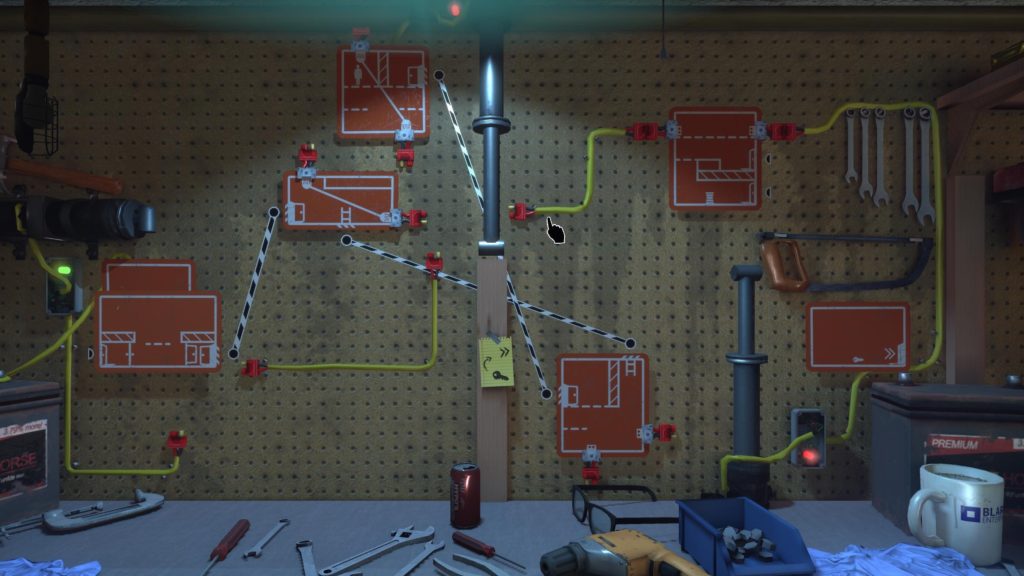
The rearranging of the signs isn’t completely freeform. If you link up nodes to match a door to a door, or a ladder to a ladder, and use that route at any point, it becomes permanent. Attempt to ‘rewire’ that route after its use and the puzzle resets. This means you can’t cheese puzzles by just shortcutting, and further forces that planning ahead element. (That is until later, where resetting puzzles becomes a thing…)
However, archways are another matter. These allow you to overlap signs to pass through the hole the archway creates to another tile. It’s a one-way move, but archways can be used repeatedly, meaning their appearance in a puzzle adds an extra layer of complexity. I must confess to reacting to archways in puzzles the same way as I did the time loop puzzles in The Talos Principle. A sigh, as I realise it’s one permutation more than I fancy dealing with. So you can guess how I reacted to this one:
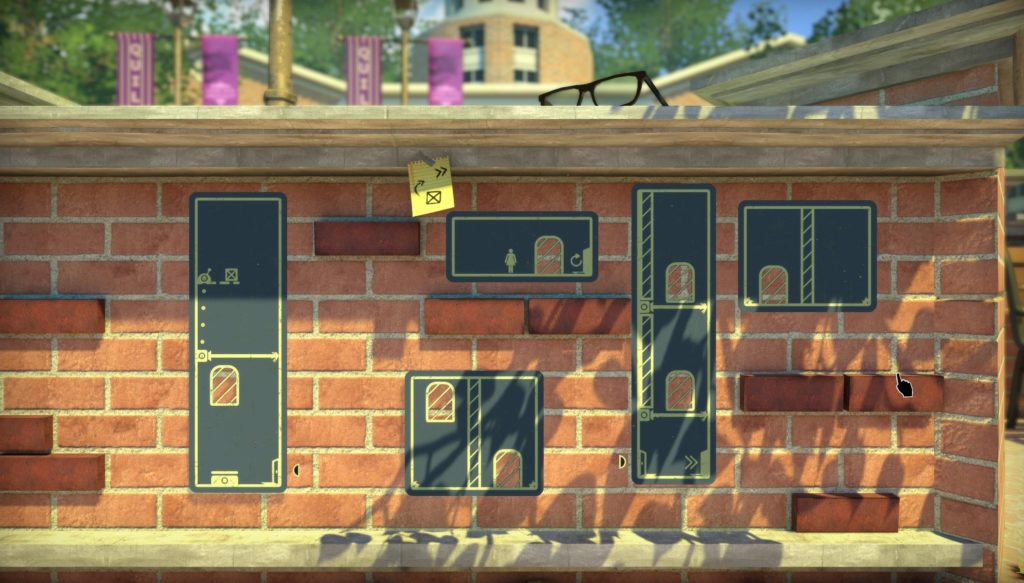
(It turned out to be remarkably simple, but I half think I might have accidentally found a shortcut.)
As the complexity increases, the time you’ll spend with puzzles grows, as you start out on multi-part endeavours within one screen, trying to wire up circuits to open barriers to be able to restart the puzzle over with more freedom to rearrange the pieces, in order to wire up circuits to open bar… You get the idea. And yet it never feels obtuse, nor perhaps most importantly, smug. Instead there’s a cheery demeanour throughout, even when the puzzling has teeth.
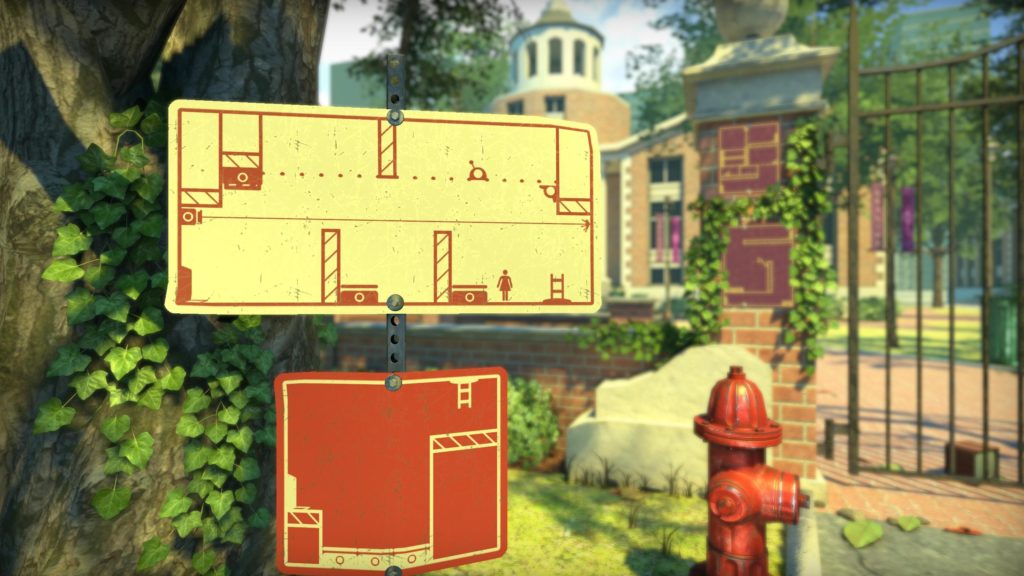
It’s a big game, with an awful lot of love poured in. I heartily recommend it. Just don’t think about the conceit for too long.
- Skookum Arts
- GOG, Steam
- £14/$18/€15
- Official site
All Buried Treasure articles are funded by Patreon backers. If you want to see more reviews of great indie games, please consider backing this project.



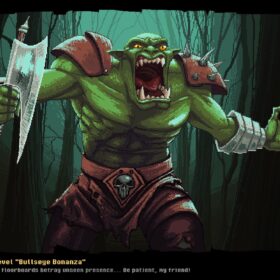
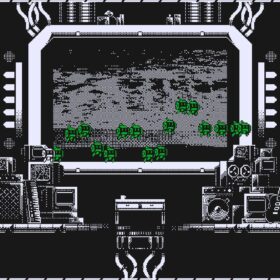
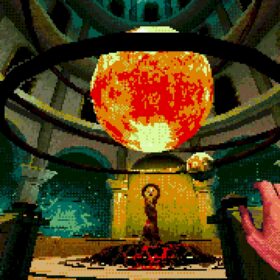
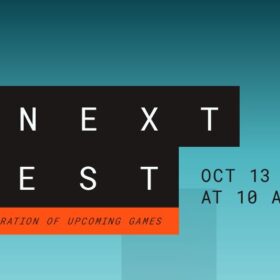
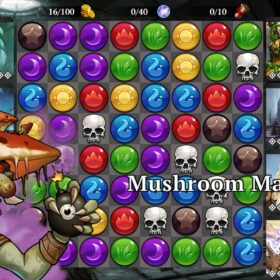
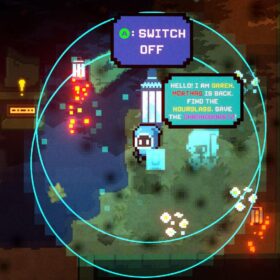


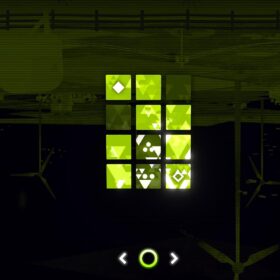
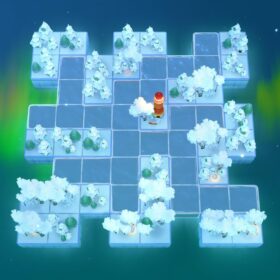
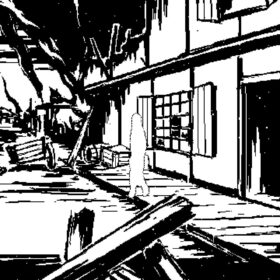



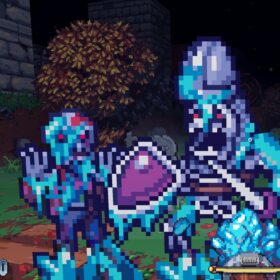
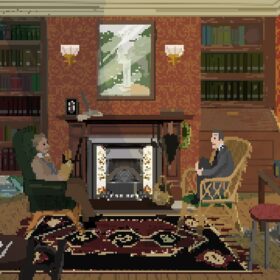
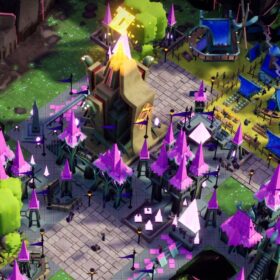
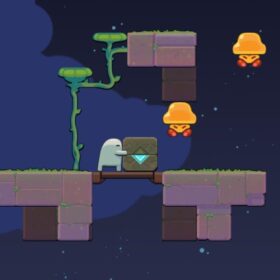
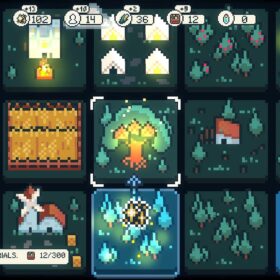

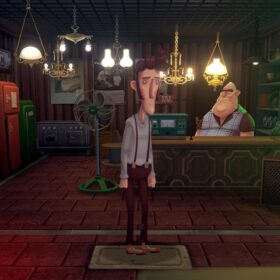
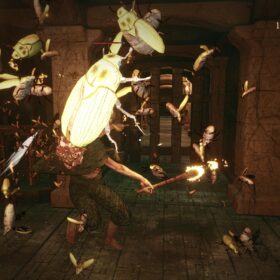

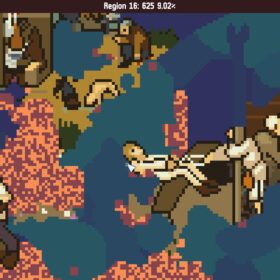
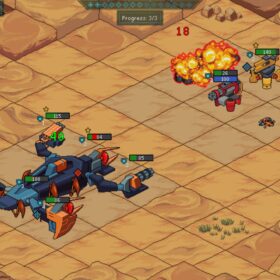

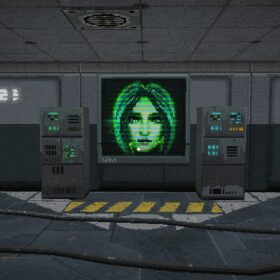
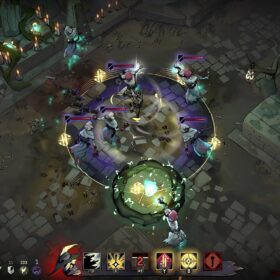
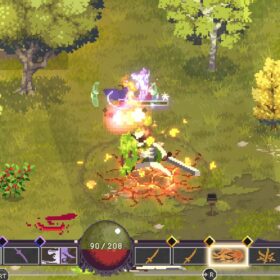
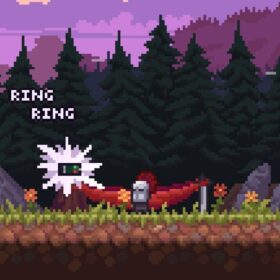
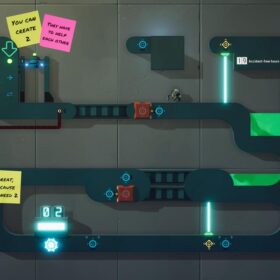
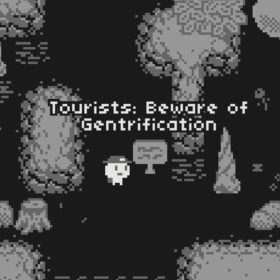

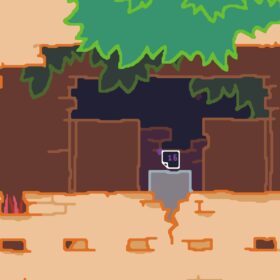
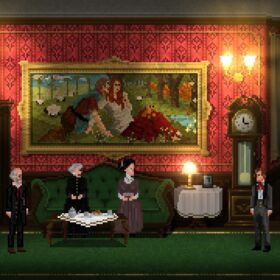

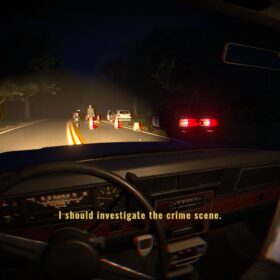
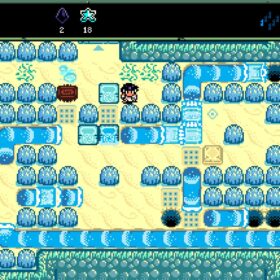
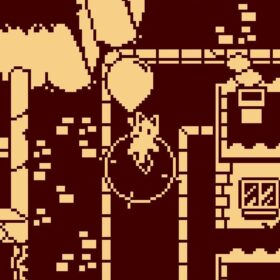
Did you play to the end of the game?
I got the demo and thought it was really amazing as a concept, but also kind of dry once I actually played it. Does the full version offer more excitement, or is it more of the same?
Hah, doesn’t seem like pedantry at all. Pretty much my second thought on seeing this game, after “ooh, pretty”, was “but… all those places don’t *have* signs like these!”
Definitely requires a conscious effort of suspension of disbelief, but still looks like a thoroughly interesting puzzler. Will likely pick it up at some point.
This sounds excellent! Thanks for the write up, John.